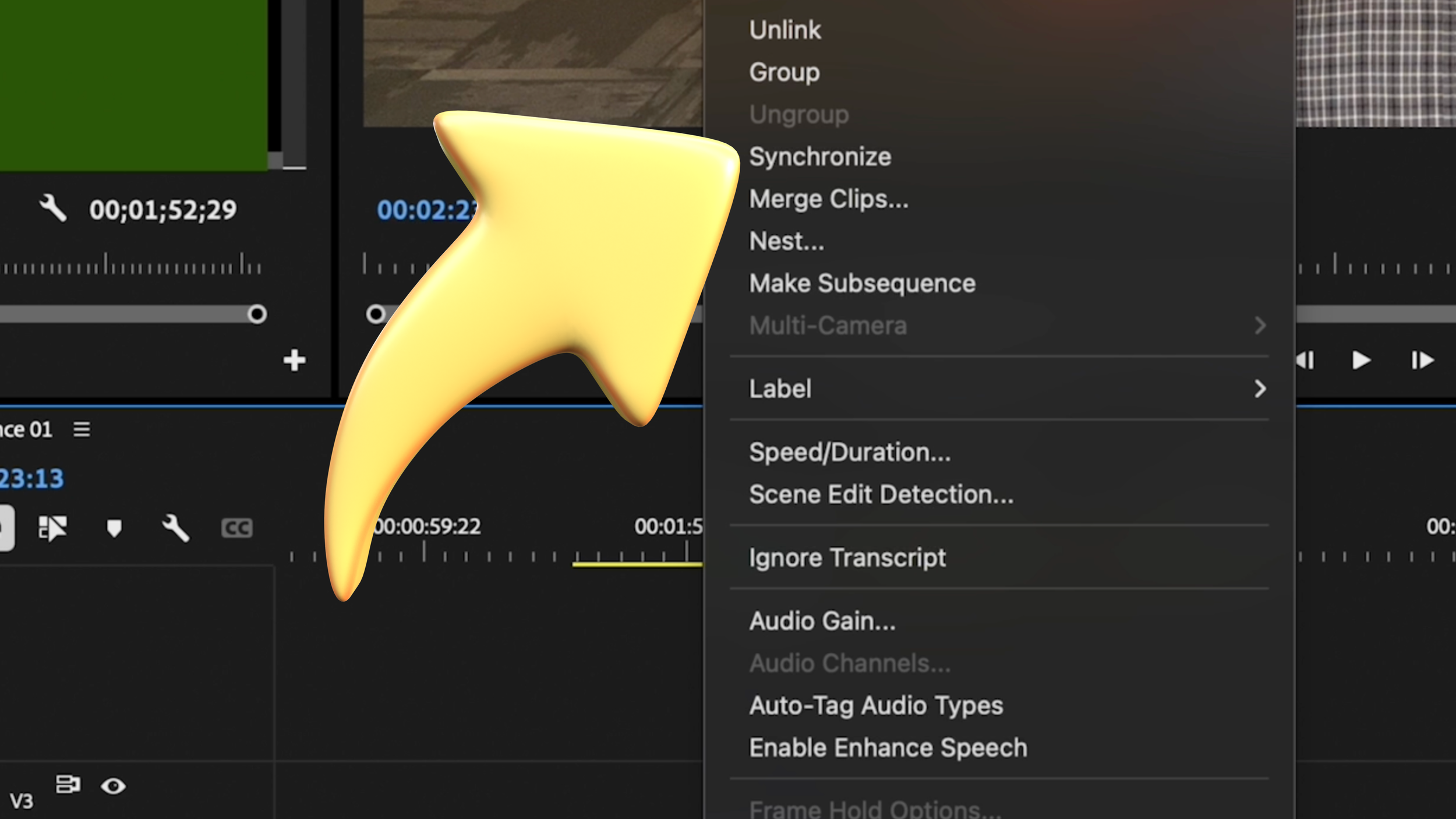REVISITING A SCRIPT: FOCUS on CONFLICT & CHARACTER
Consider this: most films that you see focus on two characters talking up on the screen.
Sometimes, they’re doing something, but most times, two or more characters are sitting down (maybe they are eating or drinking) and talking -- we call that a talking heads scene because the audience is literally watching two huge heads (on the screen) have a conversation.
Have your class look at this script – Script Revision 2023
Now, remember, screenwriting is problem-solving, and part of the problem that a screenwriter must solve is how to do several tasks at once:
Give the audience necessary information to move the story along
Develop character
Provide drama/conflict
Make what appears on the screen interesting to the audience.
Using those considerations, let’s have kids revise the script. Now, kids will want to immediately alter the script: adding a car chase, planting a bomb in the office, etc. Those aren’t bad ideas, but ask your kids to work within the context of the script – one thing at a time.
Let’s refer back to the four elements that form the basis of great screenwriting.
Give the audience necessary information to move the story along – the script does this by and large. The detectives are working to solve a problem.
Develop character –Here, we want to think about the subtext (what’s happening beneath the dialogue). Do the characters like each other? Are they romantically linked? Do they hate each other? Does one character not recognize another’s personal space? Does one character like to move around? Does one character have an accent? Does one character always have an object in their hand? That’s a lot of things to consider. If you want to simply the task (and point everyone in the same direction), ask your students to consider this: one of the characters wants a romantic relationship and the other one is clueless about it OR doesn’t want one.
Provide drama/conflict – if it wasn’t obviously in the develop character section, creating opposing characters is the most efficient, most organic way to create drama/conflict.
Let’s go with the approach where Jeffrey likes Dana, but Dana has no romantic intentions. How does this play out in the scene? Remember, we want to encourage kids to leave the dialogue alone (by and large) and focus on subtext and character development.
We’ll need to show some conflict with our action lines and subtext.
Encourage kids to consider how Jeffrey and Dana might interact in this scene.
Does Jeffrey lay a Hershey’s kiss on her desk? Does she give him an odd look in return?
Does Jeffrey stare at Dana too long? Does she notice? Does she give him a look?
Does Jeffrey try to sit too close to her? Does he sit on her desk? Does Dana scoot over, does she pull out some papers that he sits on, causing him to move?
When Jeffrey gives her the photos at the end, does he lean in and try to smell hair? Does she notice? Does she catch him? Does she react?
Notice that this conflict can add humor and playfulness for the audience or it could signal something darker, something creepier. Remind kids to be mindful of the tone here.
4. Make what appears on the screen interesting to the audience – if we asked kids to film the original script, more than likely, it would have been very straight-forward with zero subtext.
From the previous section, we have considered drama/conflict with our character’s actions.
For instance, when Jeffrey sets a Hershey’s kiss on her desk, we can now add an insert of that piece of candy. We can show him sliding it across her desk. Next, we can cut to Jeffrey’s hopeful reaction. We can cut to Dana’s surprised reaction. We can show Dana sliding the candy back across to Dana. Next, we might see Jeffrey reaching down to pick up the candy and maybe his hand touches Dana’s hand, and her hand recoils. That’s all interesting stuff that goes beyond just the simple dialogue and advancement of the plot.
In the end, it’s important for kids to know that screenwriting (telling a story) is a process. Kids aren’t going to nail a good story on their first attempt with no help from others. In my class, I like to read scripts aloud, and then we workshop them around these four key elements of storytelling. Good luck and happy writing (and rewriting)!
Meet the Author, Adam Russell
Adam Russell lives and works in Marietta, Georgia. He is finishing his 21st year of teaching both film and literature. A 13 year veteran of teaching IB Film, Adam seeks to constantly refine and demystify the art of teaching with the IB framework to help teachers and students find success. In his spare time, he writes feature length scripts and consumes anything and everything that he can get his hands on regarding film: screenplays, films, video essays, books on screenwriting, etc.











Got shaky footage? No problem! In this quick tutorial, learn how to use Warp Stabilizer in Adobe Premiere Pro to smooth out your shots effortlessly.